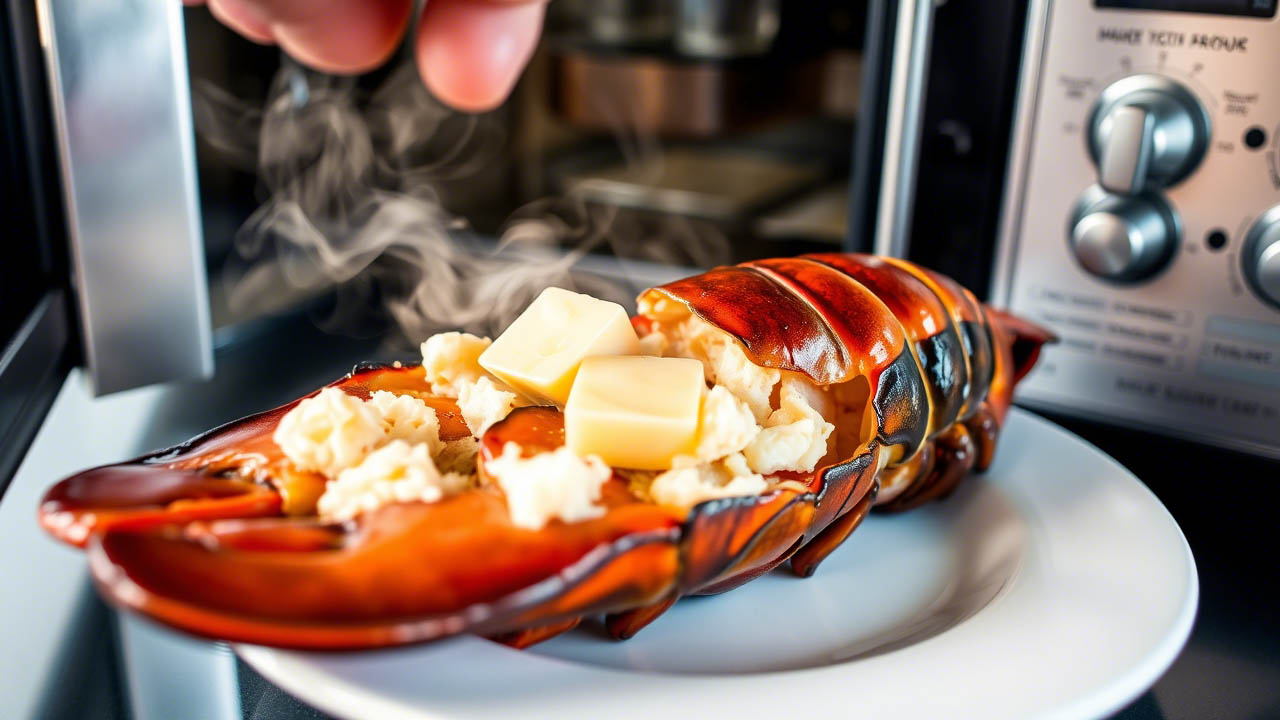Physical Address
304 North Cardinal St.
Dorchester Center, MA 02124
Physical Address
304 North Cardinal St.
Dorchester Center, MA 02124

Nothing compares to the sweet, tender meat of freshly cooked lobster—but what happens when you have leftovers? Learning how to reheat cooked lobster properly can mean the difference between enjoying that same delicious flavor again or ending up with rubbery, unappetizing meat. Whether you splurged on lobster for a special occasion or brought home extras from a restaurant, proper reheating techniques will preserve the delicate texture and rich taste that makes lobster so prized. In this guide, you’ll discover four reliable methods to reheat your lobster perfectly, ensuring your leftovers remain as delicious as when first served.
Lobster meat contains delicate proteins that can quickly toughen when exposed to high heat for too long. The challenge when figuring out how to reheat cooked lobster is maintaining moisture while bringing it to a safe temperature. Overheating can transform succulent lobster into something resembling rubber, while inadequate heating leaves it cold in the center. The high fat content in lobster also means flavors can change quickly under improper heating. Taking a few extra minutes to reheat your lobster correctly will reward you with seafood that tastes nearly as good as freshly cooked.
The oven provides gentle, even heat that’s perfect when you need to know how to reheat cooked lobster for the best results.
This method works exceptionally well for whole lobster tails or larger portions of meat, preserving both texture and flavor.

Steaming is another excellent choice when determining how to reheat cooked lobster, as it reintroduces moisture to the meat.
The steam gently warms the lobster while adding moisture back into the meat, making this an ideal method for lobster that may have dried out during refrigeration.
For a gourmet approach to how to reheat cooked lobster, consider butter poaching on the stovetop.
This method not only reheats but also infuses the lobster with rich butter flavor, ideal for lobster meat that will be served on its own or as part of a decadent pasta dish.
When you’re short on time but still want to know how to reheat cooked lobster effectively, the microwave can work with proper precautions.
While not the ideal method, microwaving can work in a pinch—just be extremely careful not to overcook the lobster, as it can toughen within seconds.
Understanding how to reheat cooked lobster also means knowing what to avoid:
Mastering how to reheat cooked lobster allows you to enjoy this luxurious seafood to its fullest potential, even the day after. Whether you choose the gentle heat of an oven, the moisture-preserving effects of steaming, the richness of butter poaching, or the convenience of a microwave, proper technique makes all the difference. Remember that the key to perfectly reheated lobster lies in gentle heat, added moisture, and careful timing. With these methods in your culinary arsenal, you’ll never waste leftover lobster again—and might even find yourself deliberately preparing extra to enjoy later!
How long can I keep cooked lobster before reheating? Cooked lobster can be safely stored in the refrigerator for up to 3-4 days. For best quality when reheating, try to use within 1-2 days.
Can I reheat lobster more than once? For food safety and quality reasons, you should only reheat lobster once.
What’s the best method for reheating lobster mac and cheese? The oven method works best for lobster in dishes like mac and cheese. Heat at 350°F, covered with foil, until thoroughly warmed.
Should I remove lobster from the shell before reheating? For more even reheating, removing the meat from the shell is recommended, though whole tails can be reheated in the shell if preferred.
Meta Title (60 characters): How to Reheat Cooked Lobster: 4 Foolproof Methods for Perfect Results